The past week or so (minus a few days floating down the Green River) I’ve been working on a bike map for Springville, which you can now find on this website. It’s still preliminary because I know there are a number of bike racks that I have missed, but I wanted to share a few initial impressions from riding around town.
Continue reading “Bike Parking!”Bike with the Mayor 2019
Thanks to all who participated in the annual Bike with the Mayor event on May 18! This is always a great community-building event built around cycling. Community members of all ages showed up. It is great to live in a city that is so supportive of cycling and quality of life.

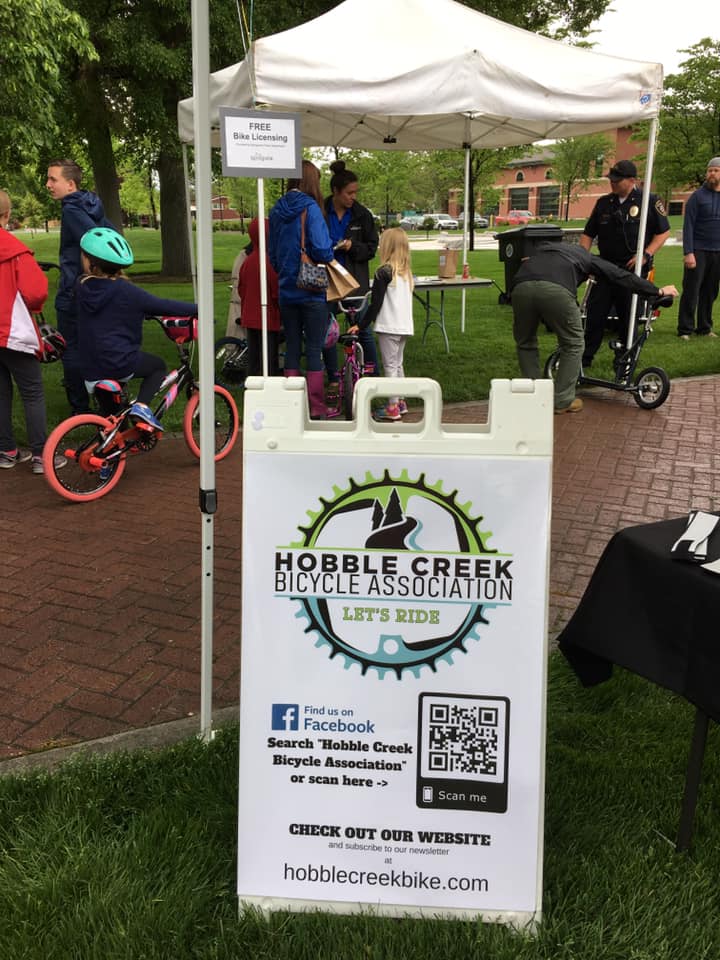
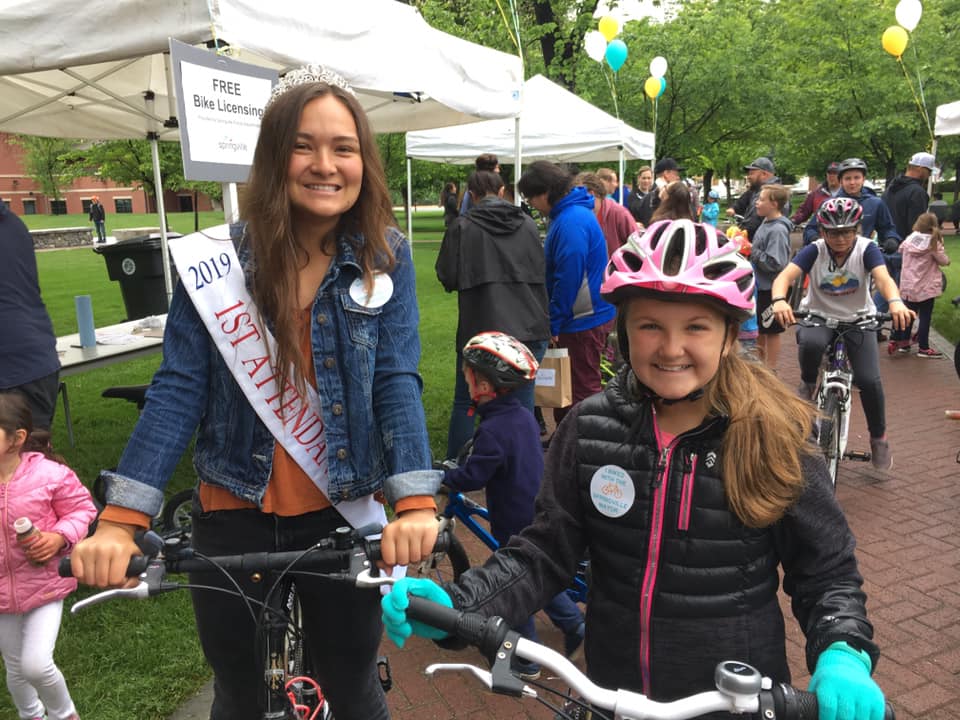
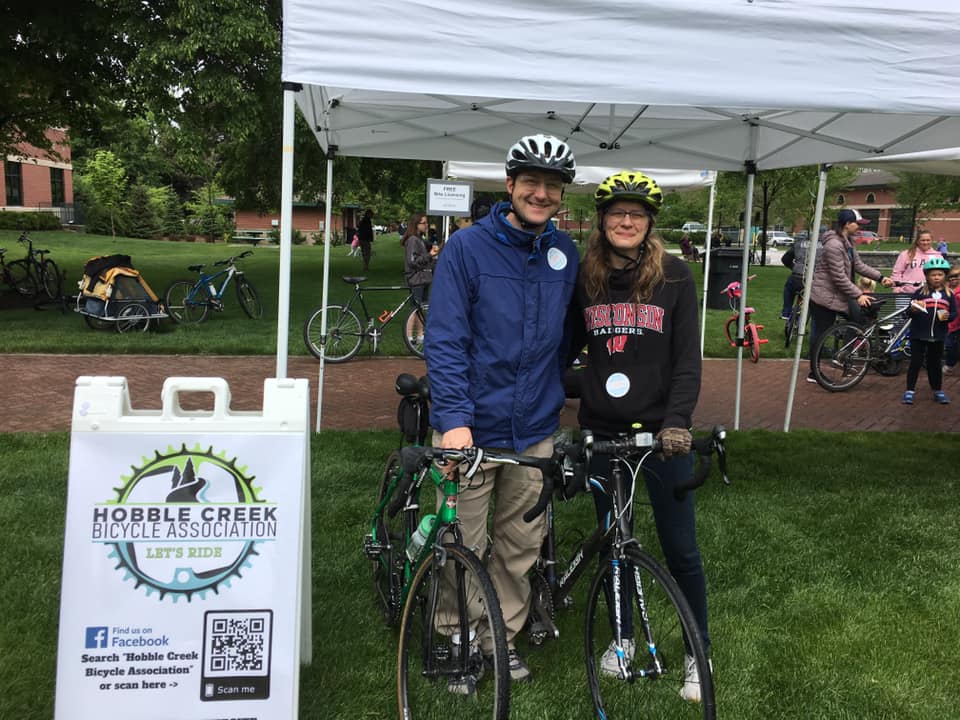
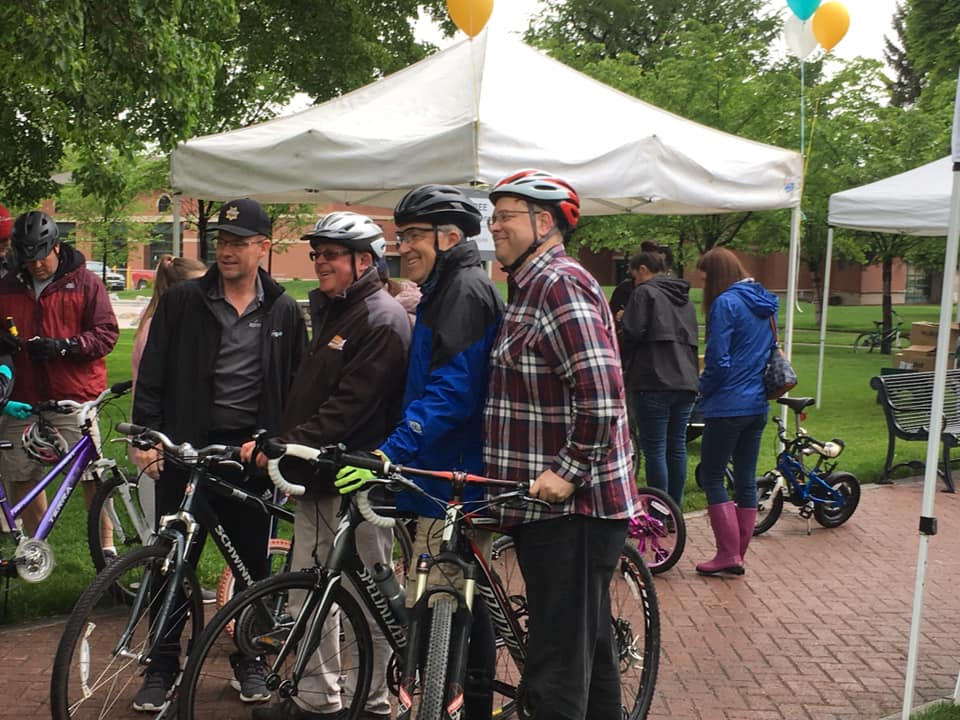

A few more observations from London
Last week I went to the Museum of Science in London and found a couple of old bicycles on display. The first ones here are from 1867 (the larger one in the back–called the “boneshaker” or “pennyfarthing”) and 1871 (the smaller one in front). Note that both of them have the pedals attached directly to the front hub and imagine what that must have been like.
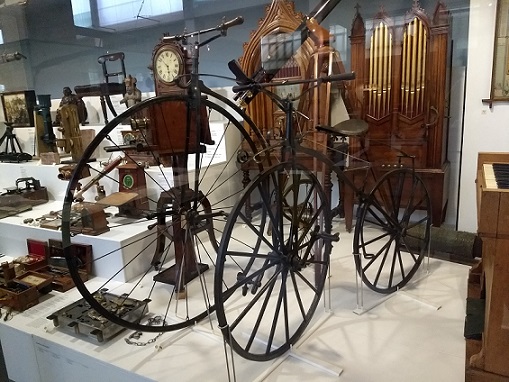
Now check out this next one, built in 1885 and called the “safety bicycle.” It was lower to the ground and used a chain to drive the rear wheel, which turned out to be a much safer combination. You’ll see that the basic geometry of the standard bicycle hasn’t really changed in 135 years. Now that’s what I call some solid engineering!
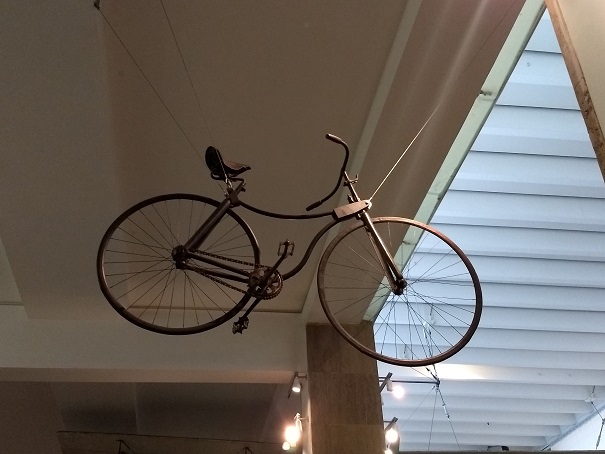
You can read more about the history of the bicycle in this article.
There sure are lots of cyclists here in London! Traffic is often congested, and so those on 2 wheels often go much faster than those on 4. There are several bike share programs in town and lots of bike-and-pedestrian infrastructure to help protect those who don’t enjoy thousands of pounds of steel around them. But most of all what I’ve noticed is a culture of driving with respect for bicyclists and pedestrians. I’m sure there are exceptions, but I think because there are so many more cyclists here people have gotten used to them and have learned to live with them on the roads. (And of course many motorists are themselves cyclists.) In Springville and throughout Utah we will benefit as cyclists when there are more bikes on the road. So let’s choose the bike rather than the car and encourage others to do likewise. Here’s a parting shot–look at all the bikes being stored in covered parking in the Marylebone train station!
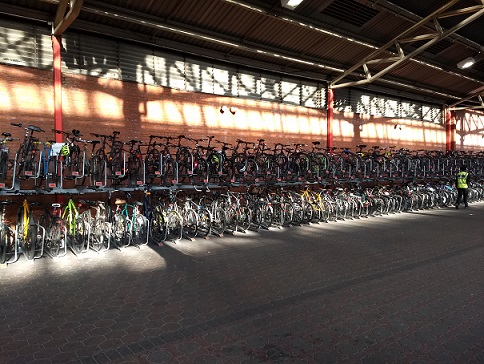
A Few Pictures from London
I got to London a few days ago and imagine my surprise when I greeted by this advertisement on my first transfer on the London underground (this station was above ground).
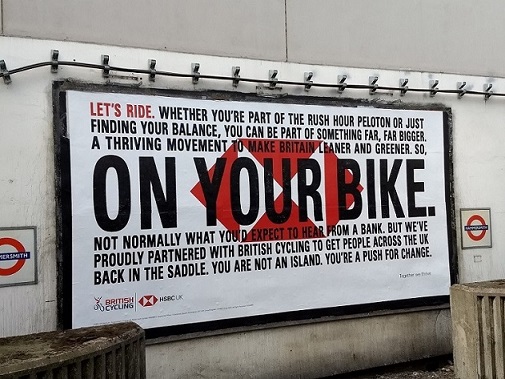
Pretty cool message and it’s something that I definitely feel when I’m riding in a group or just passing another cyclist on the road. We share for that moment a commitment to healthy bodies, cleaner air, less traffic, and a more enjoyable way of life. Even if there are few of us on the roads, you have to remember that “you are not an island. You’re a push for change.” Well done, British Cycling and HSBC.
Although London is certainly not as bike-crazy as some other European cities that I’ve been to, there are a lot of cyclists around. Young people, old people, commuters, and recreational riders. They’re riding on the road, in bicycle lines, and on off-road trails. Here is a great example of how biking infrastructure should work:
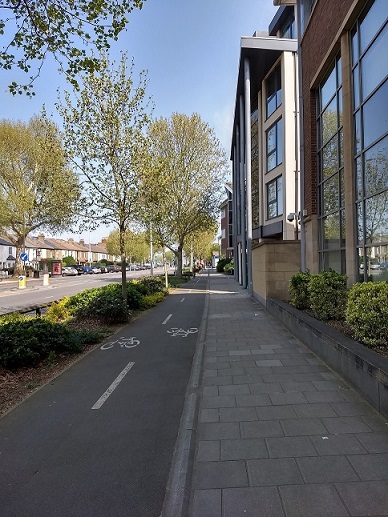
Bikes are kept separate from pedestrians and both are protected from cars by a nice garden strip. These are the types of improvements that make streets safe and enjoyable for all users. Where in Springville could we build something like this?
April Meeting Recap
This past Thursday we had a productive meeting at Mike Snelson’s photography business. The big news that he shared was that the city council approved our proposal for connecting bike lanes in a few spots and allocated funding for them in the 2019-20 budget. Nice to see our time and effort is paying off! Much of the rest of the meeting was spent discussing future plans, especially the Bike with the Mayor ride on May 18. Carrie Bennett successfully lobbied the city for approval to set up a booth and so we talked about how to get people interested in biking more often and in joinging our association. One thing that came up as we thought about this was our lack of a logo, and fortunately Mike volunteered to design one. A few days later it was ready to go. Pretty cool, right?
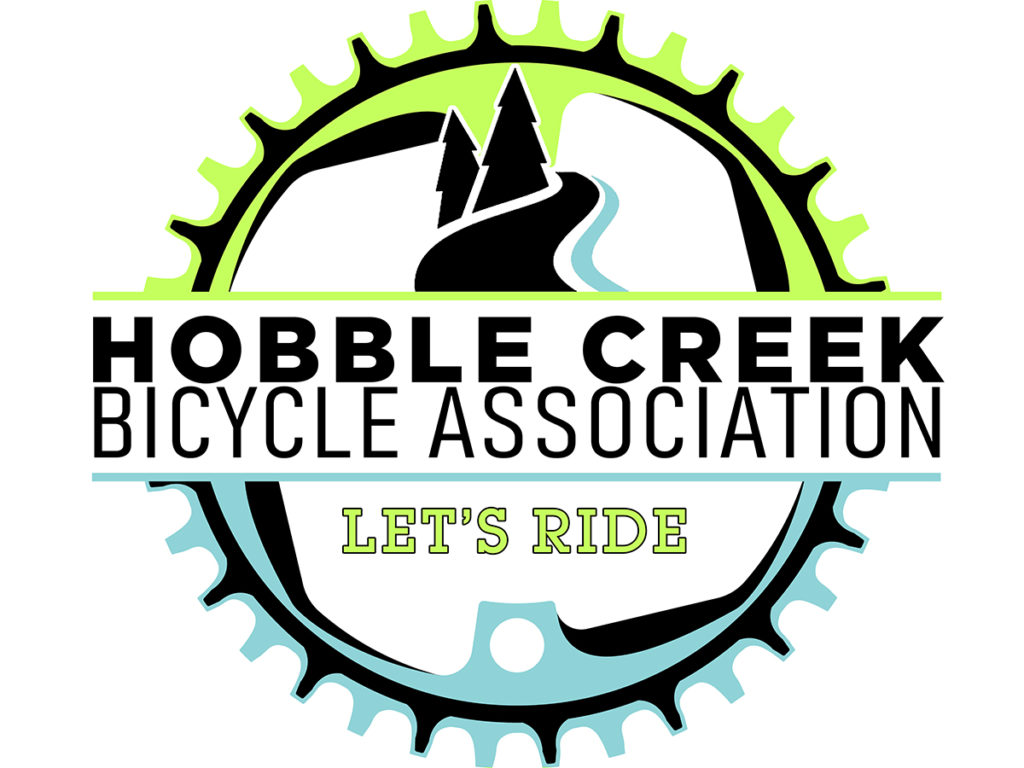
With a logo like this we are surely destined for great things! After Bike with the Mayor we will be looking to organize a few rides and service projects and also intend to apply for Bicycle-friendly Community status with the League of American Bicyclists, hopefully for both Springville and Mapleton. This distinction will recognize work being done to promote cycling in our communities and help city administrators see what else can be done. So it should be a busy summer.
As for me personally, I am going to be in Europe for the next eight weeks and in addition to my research on historical prison systems will be looking for interesting ways of integrating bicycle infrastructure into the urban/suburban environment. So check back here over the coming months for a few posts from across the pond! Happy cycling!
Monthly Meeting Tonight!
Just a quick reminder that our monthly meeting will be tonight, April 11, at 5:30 at the Snelson PhotoColor Lab (80 W Center St. in Springville). I hope to see you there!
Presenting to the Springville City Council
On March 12 Carrie Bennett and I made a presentation to the Springville City Council work session about the benefits of cycling and a few improvements we’d like to see over the next couple of years in terms of bike lines. Carrie went first and did a great job explaining why the city should promote cycling in our community–it provides exercise that leads to various health benefits, it promotes increased interaction with other people, it leads to better air quality and reduced vehicle congestion, and it is a fun family activty. In a nutshell, cycling improves the quality of life not just for those who do it, but for everyone in the community.
I then talked about the 1,000-miles campaign and various bike-related projects happening in neighboring cities, before moving to our specific proposals. Right now there are only 4.0 miles of bike lanes (not including off-street trails) in Springville, and UDOT will be constructing 1.4 new miles this year on the northern section of Main Street. 5.4 miles is not very much, but we consciously kept our proposals modest to avoid coming across as zealots unaware of the realities of small-city budgeting. Our strategy is to start small and hopefully build up a relationship of trust with the mayor, city council, and city staff. With that in mind, we proposed three segments totalling an additional 2.5 miles of bike lanes over the next two years, all of which are already identified in the Springville City Plan as needing bike lanes.
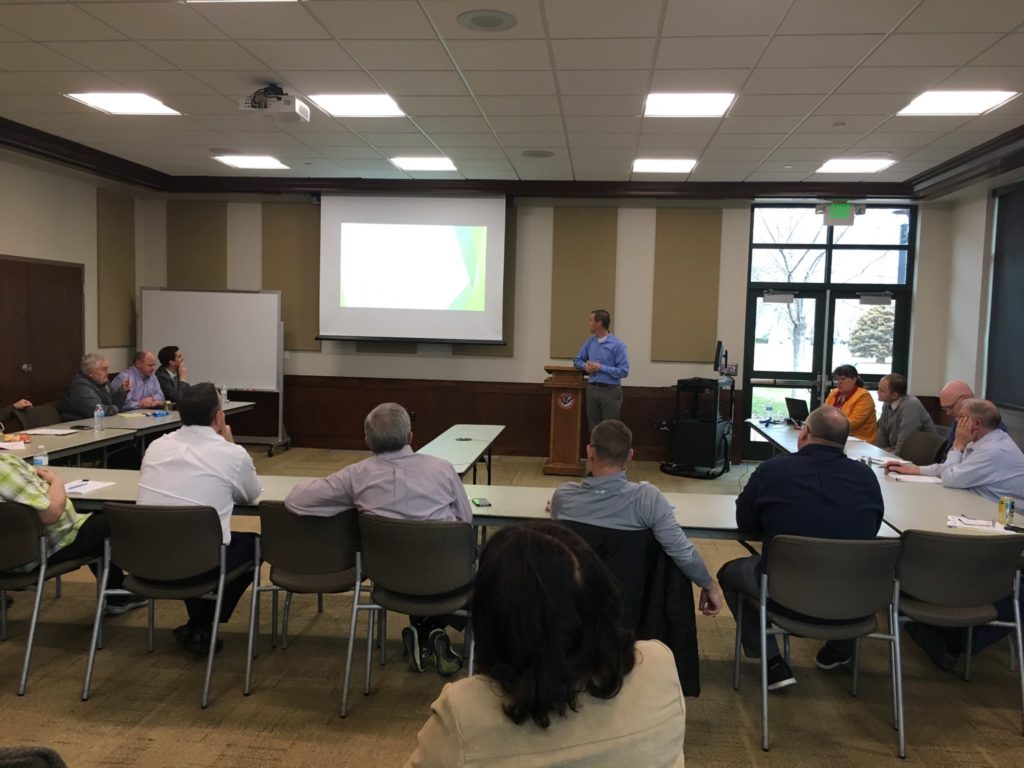
The first segment we proposed is the 0.5 miles of 1700 East between Canyon Road and the Mapleton City border. This road is heavily used by school kids and recreational riders and would connect the Canyon Road trail, the River Bottom Road bike lanes, and the Main Street bike lanes in Mapleton.
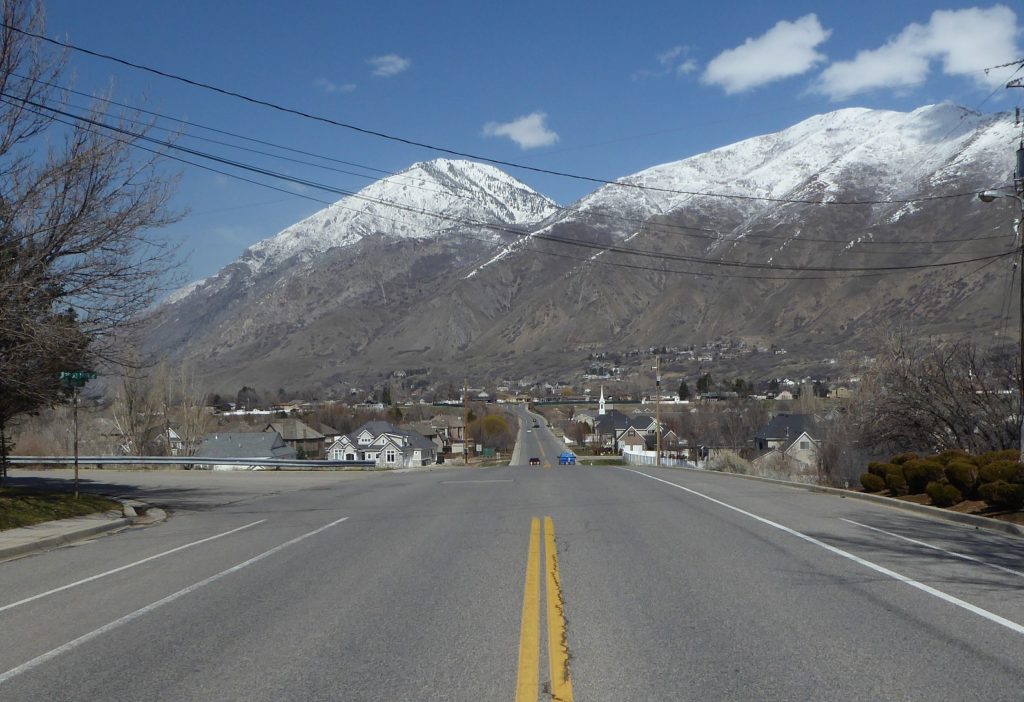
The next segment was just a short 1-block (0.1 miles) section of Center Street, between the library and the post office. Completing this and updating the bike route signs will connect the Center Street bike lane with the Main Street bike lane.
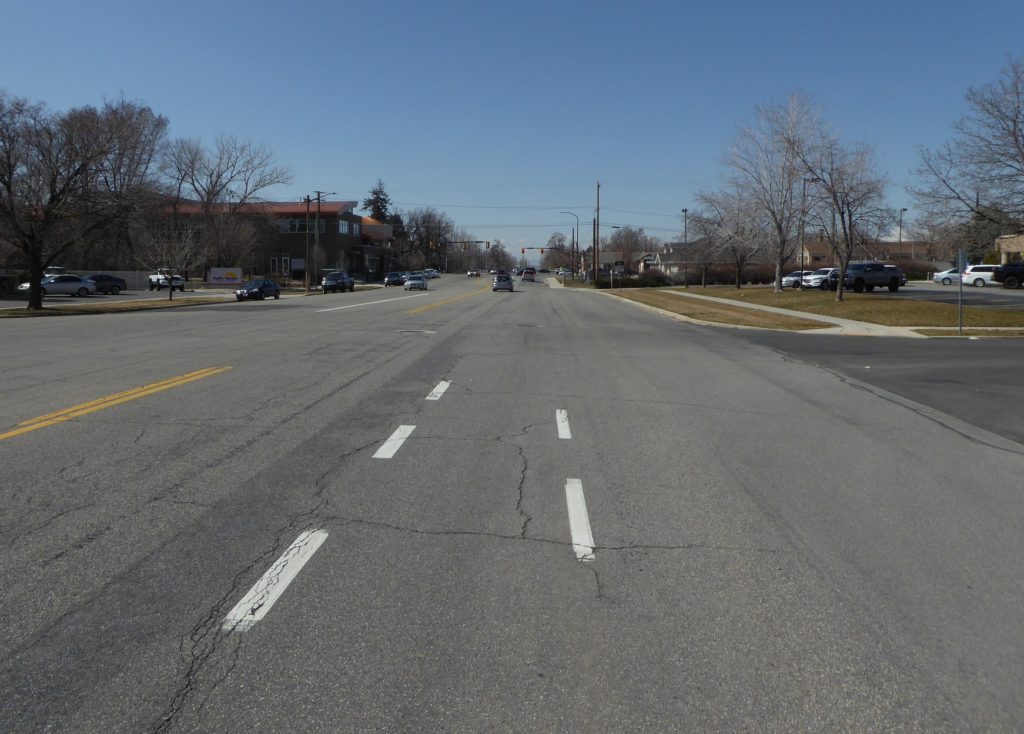
The final segment we proposed was the 1.9 miles of 400 East/Millpond Road/1400 North between 400 South and Main Street. This is a wide street and popular cycling route that will help connect the east side of Springville and provide an alternate route to the northern section of Main Street (which, even with bike lanes, will still be intimidating for some with its 40- and 50-MPH speed limits).
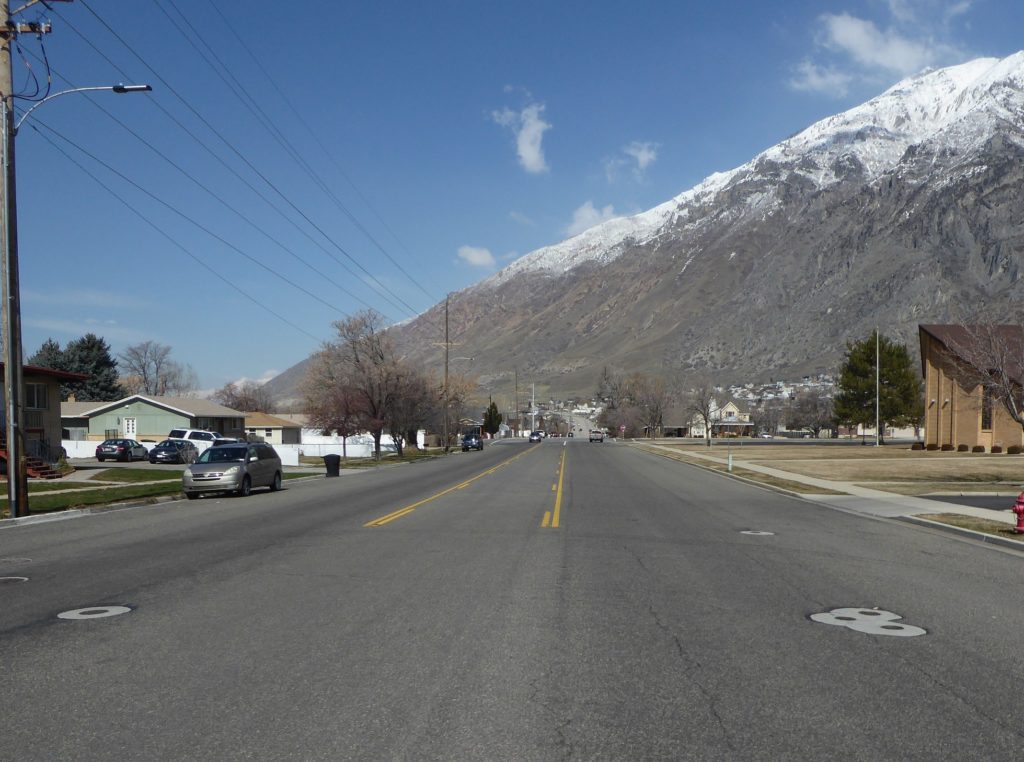
At the conclusion of the presentation we also suggested that early planning efforts be directed to the west side of Center Street and to 400 North, both of which would serve as east-west connectors between various bike lanes, trails, schools, and the downtown area. We then fielded a few questions from interested councilmembers and left feeling optimistic about our chances to get these projects funded. Hopefully we will get good news on this front soon!
A Brief History of the Hobble Creek Bicycle Association
I’m a historian so it only seems proper to start with a brief history of this group. I moved to Springville with my wife and three kids in 2011 when I started a new job teaching Russian history at BYU. When we first moved here I didn’t have a car, so each day I would bike the 9 miles from my house to campus on my new road bike. The route in a few places was okay, with bike lanes or wide shoulders to create some separation from traffic, but in other places it seemed really dangerous. Riding Hwy-89 over Ironton was particularly harrowing before the shoulder-widening project a few years later; trying to stay safe on a narrow and often debris-strewn shoulder while cars whipped by at 60 miles per hour presented a daily challenge. These commuting experiences, together with countless rides on the streets and trails (both paved and dirt) of Springville and Mapleton, made me think a lot about bicycle infrastructure and about how city planning directly affects our ability to enjoy safe cycling. So too did my conversations with Aaron Skabelund, a tireless bicycle advocate in Provo who works alongside me in the BYU history department.
For years Aaron tried to convince me to start a bicycle association in Springville to start addressing the infrastructure issues that I periodically complained about, but I was quite busy as a new professor with a growing family. Plus, I had already researched the Springville city plan, and knew that the city was intending to add lots of bike lanes and trails. But as the years passed, nothing seemed to be getting done. Roads were repaved but bike lanes remained on paper only. More was happening in Mapleton–the canal trail and a few new bike lanes–where my friend and city administrator kept me appraised of the progress they were making. Finally, in the summer of 2018, Aaron introduced me to Chris Quinlan, a fellow BYU employee and resident of Springville, and suggested we start an association together. Chris and his family were avid cyclists who had similar experiences to mine. With so much potential in Springville and Mapleton–wide streets and a young, active population–it seemed a shame that more was not being done to promote safe cycling. Together, we decided to do something.
After a few preliminary planning meetings, Chris and I formed the Hobble Creek Bicycle Association and held the first group meeting in September 2018. There were several people in attendance, and we enjoyed talking about bicycle-related issues and then rode through the streets of downtown Springville together. A few other meetings followed, one involving a ride on the Mapleton Canal Trail, and we also made a presentation to the Springville City Council in November 2018. Efforts to coordinate with city government and with other bicycle-related groups in Utah County followed, and in March 2019 we presented a two-year plan to the Springville City Council to fund two miles of new bike lanes along 1700 East, Center Street, and 400 East. Along the way the support of Councilmember Mike Snelson, one of our community’s most avid cyclists, has been invaluable.

Looking forward, we hope that the Hobble Creek Bicycle Association will be a force for positive change in Springville and Mapleton. We aim to lobby city governments for the improved bicycle infrastructure, to perform bicycle-related service projects, and to hold group rides to foster a sense of a bicycling community. We hope you will join us on this adventure!
